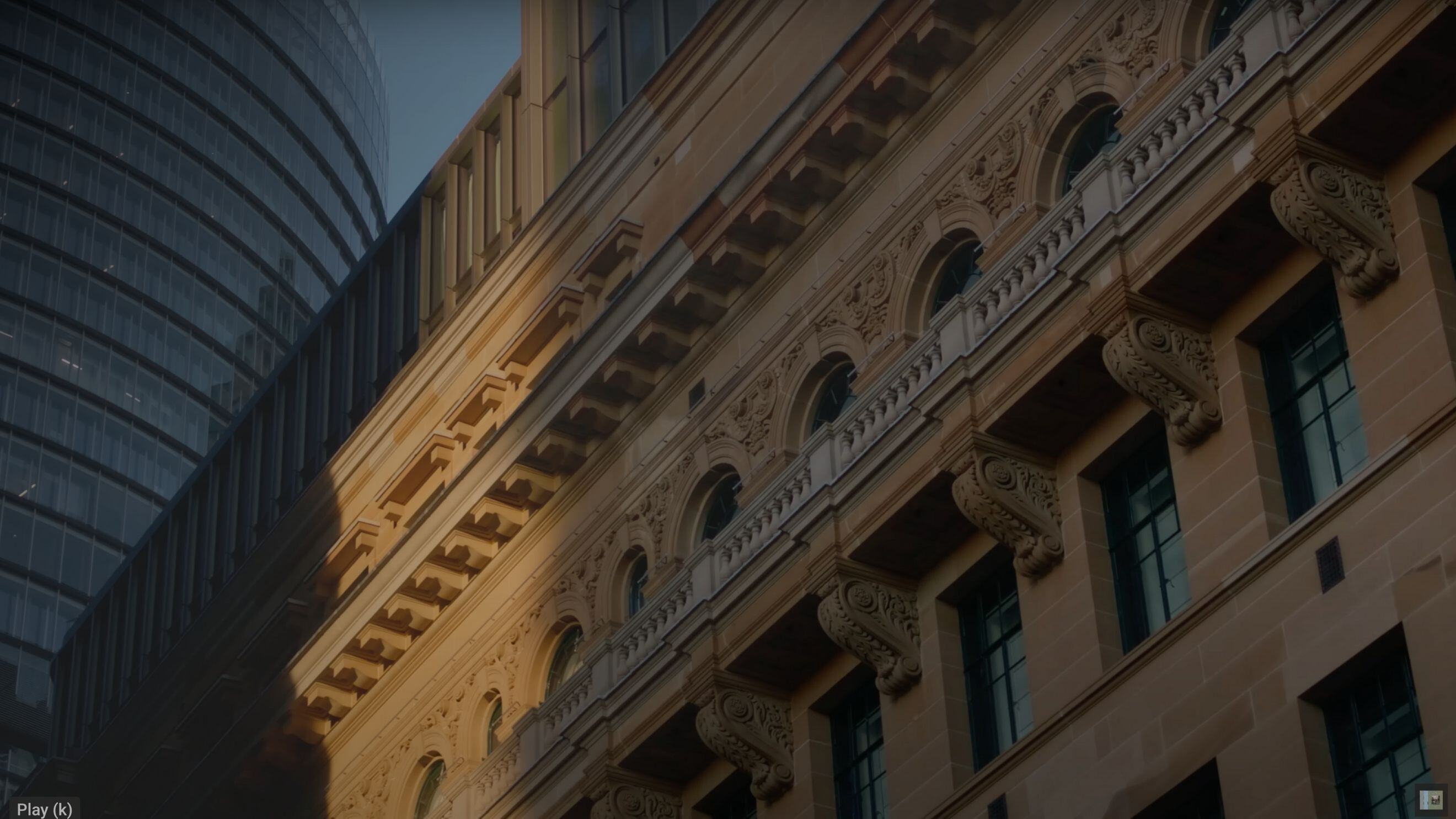Interest Rate Caps

What is an Interest Rate Cap?
An interest rate cap is a type of derivative contract that provides the purchaser with protection against rising interest rates in commercial real estate financing. It sets a maximum level on the interest rate for a floating or variable rate loan, effectively limiting the borrower's exposure to interest rate increases.
How Do Interest Rate Caps Work?
When the underlying interest rate exceeds the predetermined cap or "strike rate," the seller of the cap (often a bank) compensates the buyer for the difference. For example:
- If the current Secured Overnight Financing Rate (SOFR) is 5.3% and a borrower purchases a 2% interest rate cap, their maximum interest rate would be 7.3%.
- If SOFR jumps to 8%, the borrower's interest rate remains capped at 7.3%, with the cap provider paying the difference.
The cap can be structured in various ways, such as limiting the number of rate increases during the loan's life or setting an overall maximum interest rate.
Benefits of Using Interest Rate Caps
- Protection against rising interest rates and market uncertainty
- Ability to budget maximum interest expense
- Flexibility to benefit if rates stay low
- No prepayment penalties if the loan is paid off early
Calculating the Cost of an Interest Rate Cap
The cost of an interest rate cap is primarily driven by:
- The notional amount (loan size)
- Term (duration of protection)
- Strike rate (maximum interest rate)
- Current interest rate environment and volatility
Longer terms and lower strike rates generally increase the cost of the cap. The current interest rate environment also plays a significant role. For instance, purchasing a cap when SOFR was around 10 basis points in 2020 would have been much cheaper compared to when SOFR is over 4%5.
Interest Rate Caps vs. Swaps
While both are interest rate hedging instruments, caps and swaps have distinct differences:
- Caps allow floating-rate exposure with upside protection, while swaps lock in a fixed interest rate.
- Caps require an upfront premium but provide flexibility if rates move favorably. Swaps have no upfront cost but require the borrower to pay a fixed rate even if market rates decline.
- Caps are commonly used for shorter-term financings like bridge loans, while swaps are typically used for longer-term financings.
Integrating Caps Into Your Financing Strategy
When considering interest rate caps for your commercial real estate financing:
- Work with an experienced advisor to optimize cap structure and pricing.
- Coordinate cap purchase to align with loan closing.
- Review caps in conjunction with your broader interest rate risk management strategy.
- Monitor cap valuations and counterparty credit ratings over the life of the trade.
In conclusion, interest rate caps are valuable tools in commercial real estate financing, providing protection against rising interest rates while allowing borrowers to benefit from potential rate decreases. As with any financial instrument, it's essential to carefully consider your specific needs and market conditions when incorporating interest rate caps into your financing strategy.